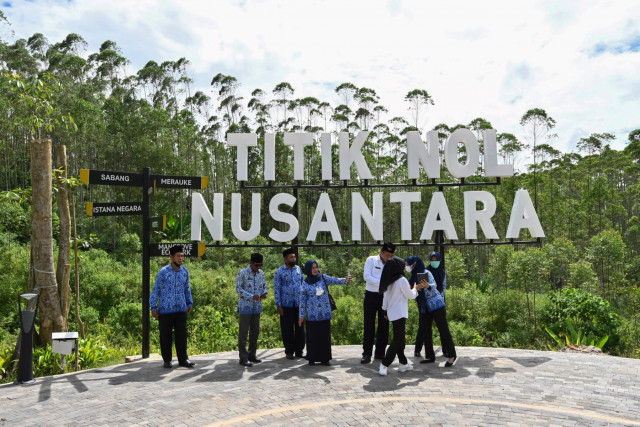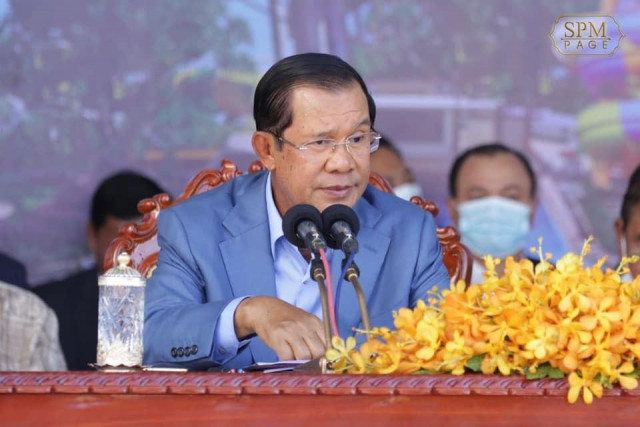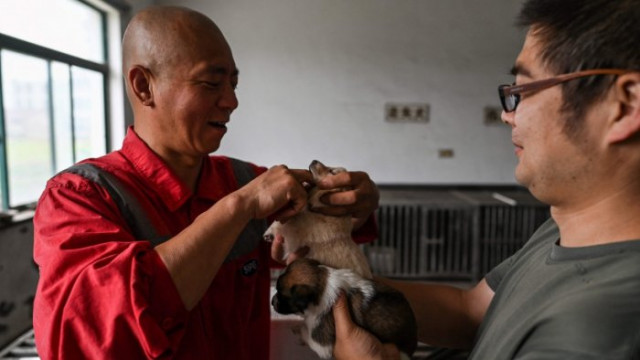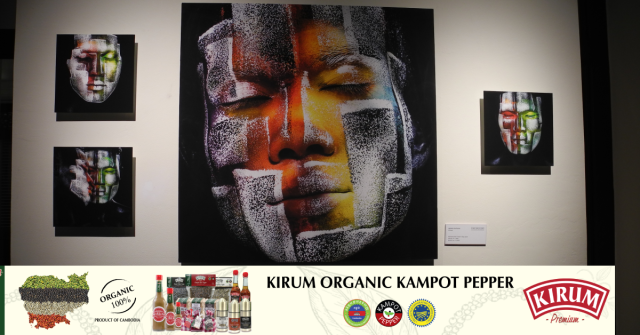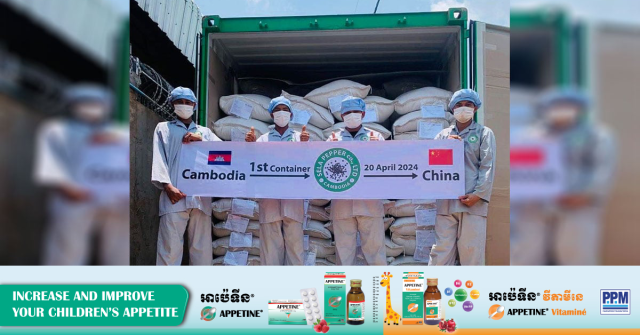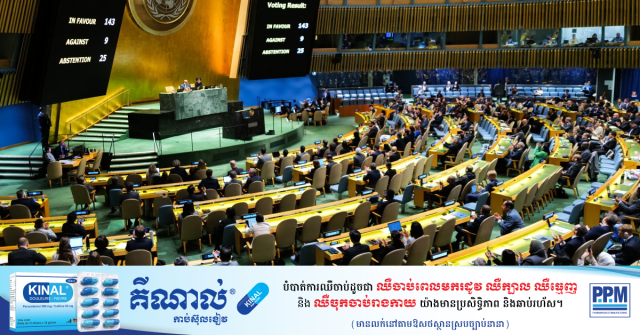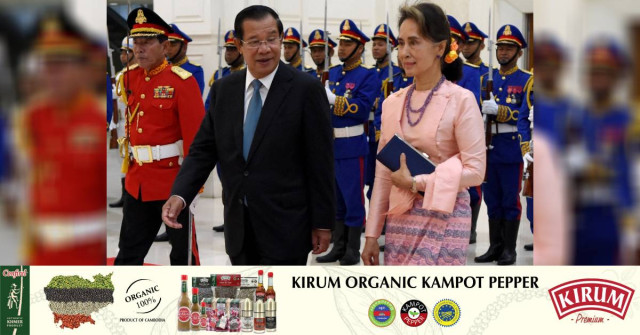A Woman Risked All during the Khmer Rouge Regime to Protect her Silk Skirt
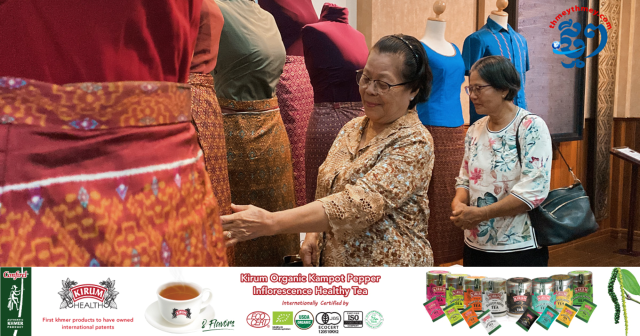
- By Zul Rorvy
- April 28, 2024 7:00 PM
SIEM REAP — From silk threads to bloody conflicts, and to museum: Ly Naysrim has preserved her legacy for more than half a century, a legacy that, for her, went beyond just a piece of fabric.
Originated from Takeo province in southern Cambodia—a region famous for the production of the traditional silk fabric called hol—Naysrim risked her life during the Khmer Rouge Regime of 1975-1979 to prevent her silk skirt from being confiscated by the regime soldiers as having such good was prohibited.

Decades later, she has donated her silk skirt to the Mekong Ganga Cooperation (MGC) Asian Traditional Textiles Museum in Siem Reap province where her skirt will be protected and displayed for posterity.
“I weaved this silk skirt myself in 1970,” Naysrim said on April 19 as she stood in front of the mannequin on which her skirt is currently displayed at the museum. To make it, she had used the traditional hol technique that usually produces fabric that is lighter than with other techniques and is usually dyed with colors directly made from plants or minerals.
“During the Khmer Rouge, in order to hide it from preying eyes, I camouflaged it with stained fabric and made it into an uninteresting pillow,” Naysrim said. During the 1975-1979 Khmer Rouge regime, more than 2 million people were killed.

Naysrim had started weaving at the age of 14, she said. Donating her skirt to the museum will ensure that a piece of fabric woven according to a traditional technique will be preserved, she said. “I am old now,” she said. “I just want to offer this to the next generations.”
During her visit to the museum, Naysrim was accompanied by her younger sister Ly Sreymom who has donated several of her silk skirts to the museum for preservation and display.

“I hope that when people come to visit this museum, they will see that this fabric was made by someone from Takeo and have an emotional connection [with the fabric and its weaver],” Sreymom said.
Silk fabric, and especially when hand-woven, is considered luxurious in Cambodian culture. It is used to make shirts, scarfs, or skirts, which are worn during formal occasions such as weddings or Khmer New Year.
To date, 21 donations of silk textile from Takeo province, with each piece of fabric being 40-to-60 years old, are exhibited for six months at the MGC Asian Traditional Textiles Museum. This special exhibition opened on Feb. 9, 2024, and will run for six months.
The museum also contains textiles from India and several nations of Southeast Asia.
Originally written in Khmer for ThmeyThmey, this story was translated by Chhuon Kongieng for Cambodianess.
----------------------------------------------------------------------
Learn more on this topic:
Color Silk Cambodia: Encouraging Women to Set Up Shop in their Own Neighborhoods
Conserving Cambodians Silk with Traditional Skills
Cultivating Mulberry for Silkworms
To read and watch the story in Khmer language, click here.








